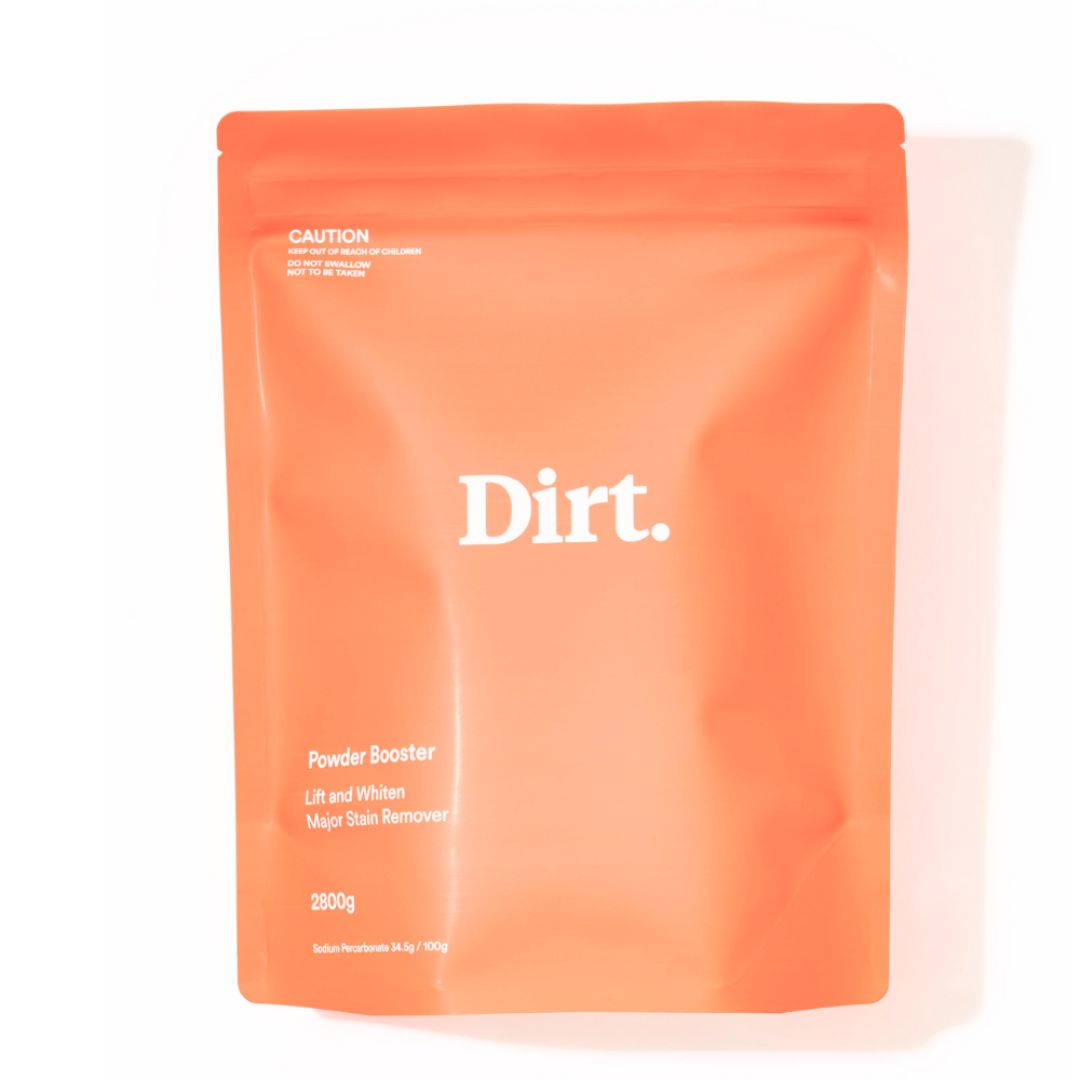With temperatures cooling down and winter around the corner, it’s time to make the most out of your clothes dryer. Not only does it save time, it also allows you to dry multiple loads in a day (particularly good if you’ve been slacking in the laundry department).
Just like your washing machine, it’s important to regularly check up on your clothes dryer and give it a deep clean. By routinely cleaning your dryer, it improves its performance, saves you money (as it’s working more efficiently) and most importantly, helps eliminate fire hazards.
Not sure whether it’s time for a deep clean? Here are some signs you need to look out for:
- Your clothes are taking long than usual to dry
- A weird smell is coming from your machine
- Your laundry room feels more humid than usual when running your dryer
Ready to get down and dirty with your dryer? Before you get started, make sure you disconnect your dryer. If your machine runs on gas, turn off the gas valve.
Check out our top tips to deep clean your clothes dryer below.
1. Empty the Lint Trap (All Dryers)
When your clothes tumble around in your dryer, the agitation and high heat can cause them to shed some of their fibres. The role of the lint trap is obvious, it ‘traps’ these fibres to prevent any obstruction to the dryer vent hose. Lint is extremely flammable so it’s vital that you empty it before or after every cycle.
The first step is to locate your lint trap. For both front and top loaders, the lint trap is usually inside the door in front of the dryer drum or on top of the dryer in front of the controls. If you’re unsure, refer to your machine manual.
Once located, empty the lint trap, clean it in warm soapy water or vacuum it.
2. Empty the Water Tank (Condenser Dryers and Heat Pump Dryers)
Condenser dryers and heat pump dryers have a water tank that collects condensed water with every cycle. You can usually find this at the top of the machine in a drawer or behind the kick plate at the bottom (where you’ll find the condenser unit). To gain access, refer to the user manual.
We recommend emptying the water tank as much as you can - manufacturers will recommend after each load. Occasionally, its good to rinse and wipe it too to stop smells from developing. A little bit of effort goes a long way!
Note: it is possible that your water tank might be plumbed into an external hose, which makes this step redundant.
3. Clean the Condenser (Condenser Dryers and Heat Pump Dryers)
The Condenser is located at the front of the dryer, behind the kick plate. It is the filter to the water tank, and home of loads of moisture and lint that has successfully evaded the dryers built in trap. Pull it out, vacuum it or clean it, and then rinse it with water. It is satisfying, gross and a deeply productive thing to do regularly.
4. Cleaning the Dryer Vent (Vented Dryers)
Dryer vents are the tube that run from your clothes dryer to the exterior of your home. It works by removing excess heat, moisture and lint from the drying cycle. Clothes don't dry unless the moisture has somewhere to escape, if the vent is blocked, your clothes will be damp and smelly after a cycle.
It’s vital to regularly maintain your dryer vent as it can become a serious fire hazard with lint build up. In addition, it can become a breeding ground for mould and bacteria due to excess moisture and grime. Another con is a noticeable increase in your gas/electricity bill as your dryer is not working as effectively due to clogging.
- Get started by pulling the dryer out from the wall (make sure you disconnect your dryer and turn off the gas valve if applicable). Disconnect the vent from your dryer with a screwdriver, then remove it from the wall. Head outside and remove any visible lint or obstructions.
- Use a hose attachment to vacuum the front and exit entry points of your vent. Go deep and vacuum what you can.
- For a thorough clean, use a dryer duct cleaning kit (available online) which contains a rotating brush head and flexible rods. Connect the rods to your desired length, pop on the rotating brush head, then attach a power drill to the end. Insert the brush head into the vent and spin it clockwise with the drill (very important, as spinning it anti-clockwise might cause the attachments to disassemble and get stuck in the duct, big no-no!). As you go deeper into the vent, you’ll push out all the lint, grime and dust outside. Once done, clean up the mess.
- Plug the dryer back in and reconnect the duct back into the dryer vent. Head to the gas line and turn the gas valve back on, if applicable.
We recommend inspecting and cleaning your dryer vent at least twice a year. If it’s too overwhelming, call a professional like Dr Washing Machine.
5. Lint in Other Places (All Dryers)
By now you're probably picking up a theme. Lint is tricky, and it can get everywhere. Which is why, about once a year we'd recommend removing the back of your dryer and use your fingers to remove any lint buildup on the fan blades and other surfaces. Alternatively, you can use a vacuum.
Not feeling up to the task? Again, call in an expert instead.
And there you have it, our top tips to deep clean your dryer. Find out how to deep clean your washing machine here.

















